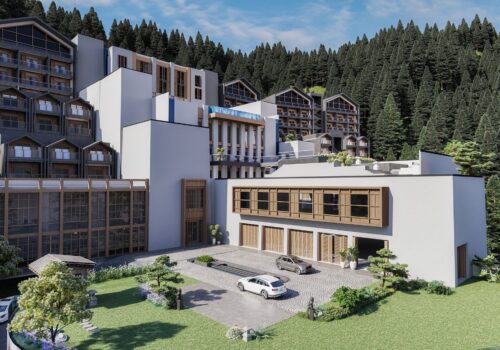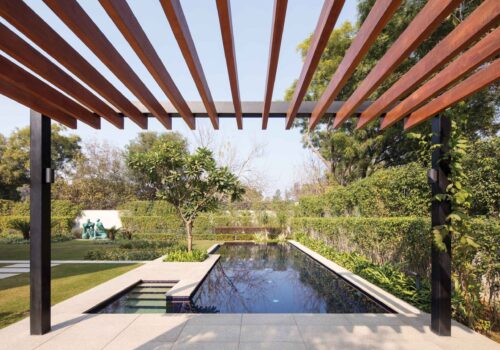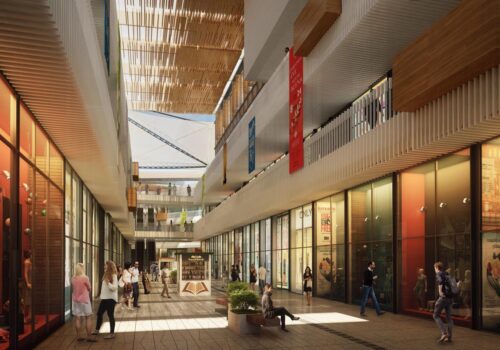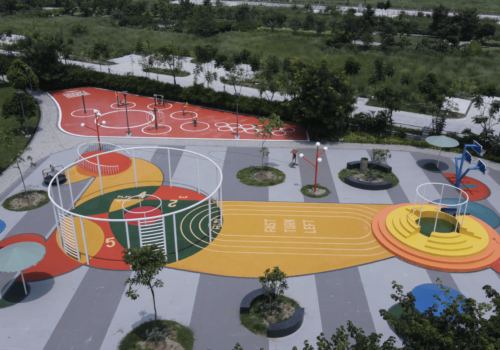Project uses horizontal and vertical shading elements to cut down direct solar heat gain.
Excessive solar heat gain
While natural light is beneficial and reduces the need for artificial lighting, glass facades also allow excessive solar heat gain. This necessitates using energy-intensive air conditioning systems to maintain comfortable indoor temperatures. As the demand for cooling rises, so does electricity consumption, leading to increased energy use and greenhouse gas emissions.
Urban heat island effect
The use of glass and the design of our building envelopes prioritise internal comfort, often neglecting its impact on external temperatures. Highly reflective surfaces such as glass reflect heat into their surroundings, which leads to densely constructed areas with temperatures a few degrees higher than in the city’s outer regions, causing the urban heat island effect.
Disrupting the ecology
Glass skyscrapers pose additional environmental challenges. The highly reflective surfaces can confuse birds, leading to an alarming number of yearly bird collisions and fatalities. Additionally, the abundant artificial lighting in these buildings contributes to light pollution in localities, disrupting natural ecosystems and affecting nocturnal animals.
A resource-intensive material
The production and maintenance of glass facades require substantial resources, including energy-intensive manufacturing processes and the transportation of glass panels to construction sites. When skyscrapers are demolished or renovated, the disposal of these materials adds to the environmental burden, further exacerbating the carbon footprint.
Possible ways forward with glass facades — While glass facades may hamper the environment, it is still a preferred material due to access to daylight, views and prioritising internal temperature. For some projects, it may not be possible to replace glass with another material, so here are some aspects that can minimise glass’s environmental impact.
Exploring high-performance glass
Innovative technologies, such as low-emissivity (low-e) coatings and double-glazed windows, can significantly improve the energy efficiency of glass buildings by reducing heat transfer.
Conceptualising passive cooling strategies on projects
Glass facade designs that incorporate shading devices, vegetation, and other passive cooling strategies when used in combination, can reduce the environmental impact of glass facades. Further, the facades can also be designed to maximise natural ventilation, reducing the need for air conditioning systems and limiting dependence.
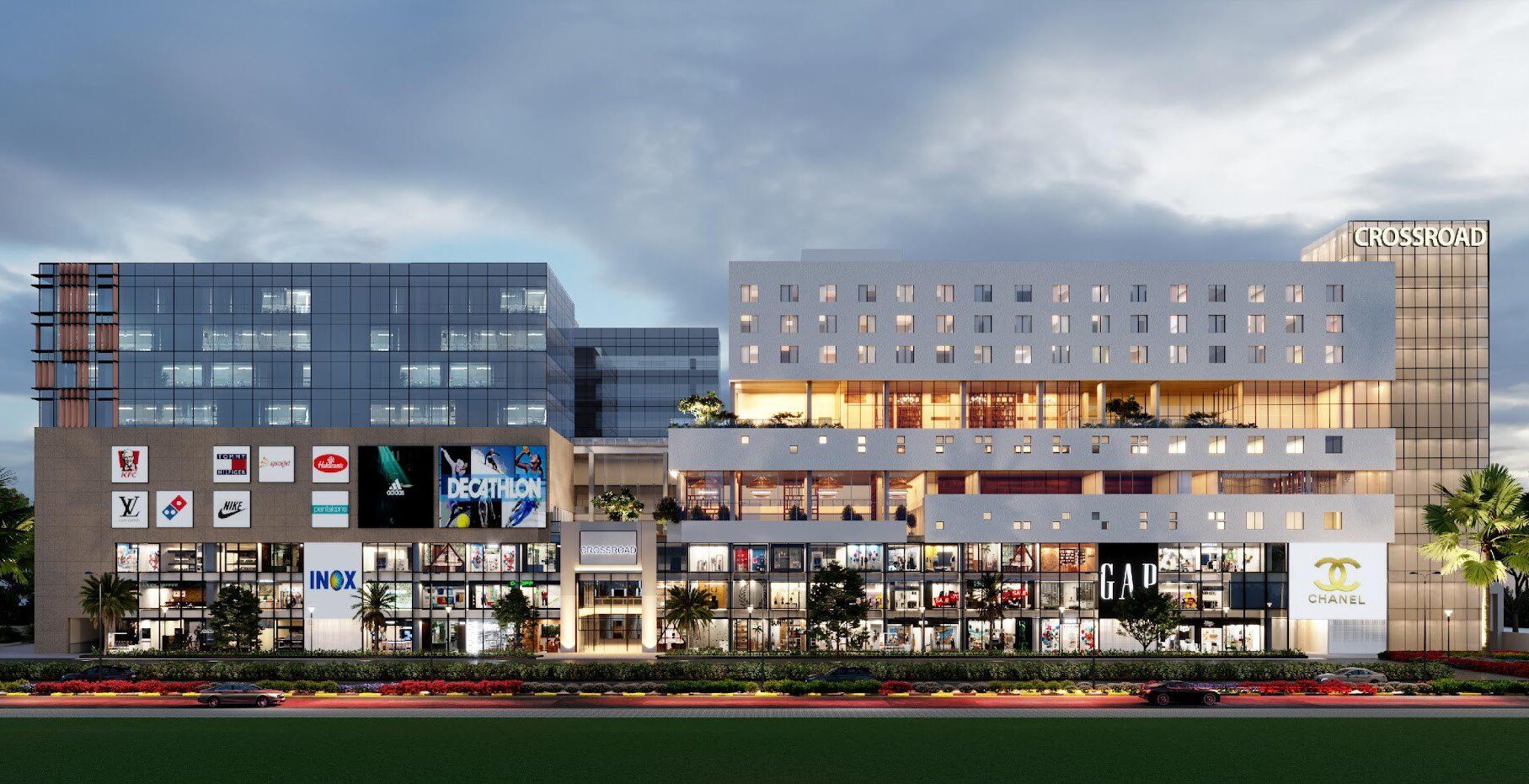
Sustainable Measures with optimised facade design
Glass facades can be made from recycled materials and are themselves recyclable. By optimising facade design, one can improve the overall performance of the glass. For example, designing a facade with high-performance materials and an efficient glass framing system can significantly improve energy efficiency.
Employing software tools
Various software tools are available to aid in the design process. These tools can simulate the performance of the facade and help identify areas where designers can improve the process.
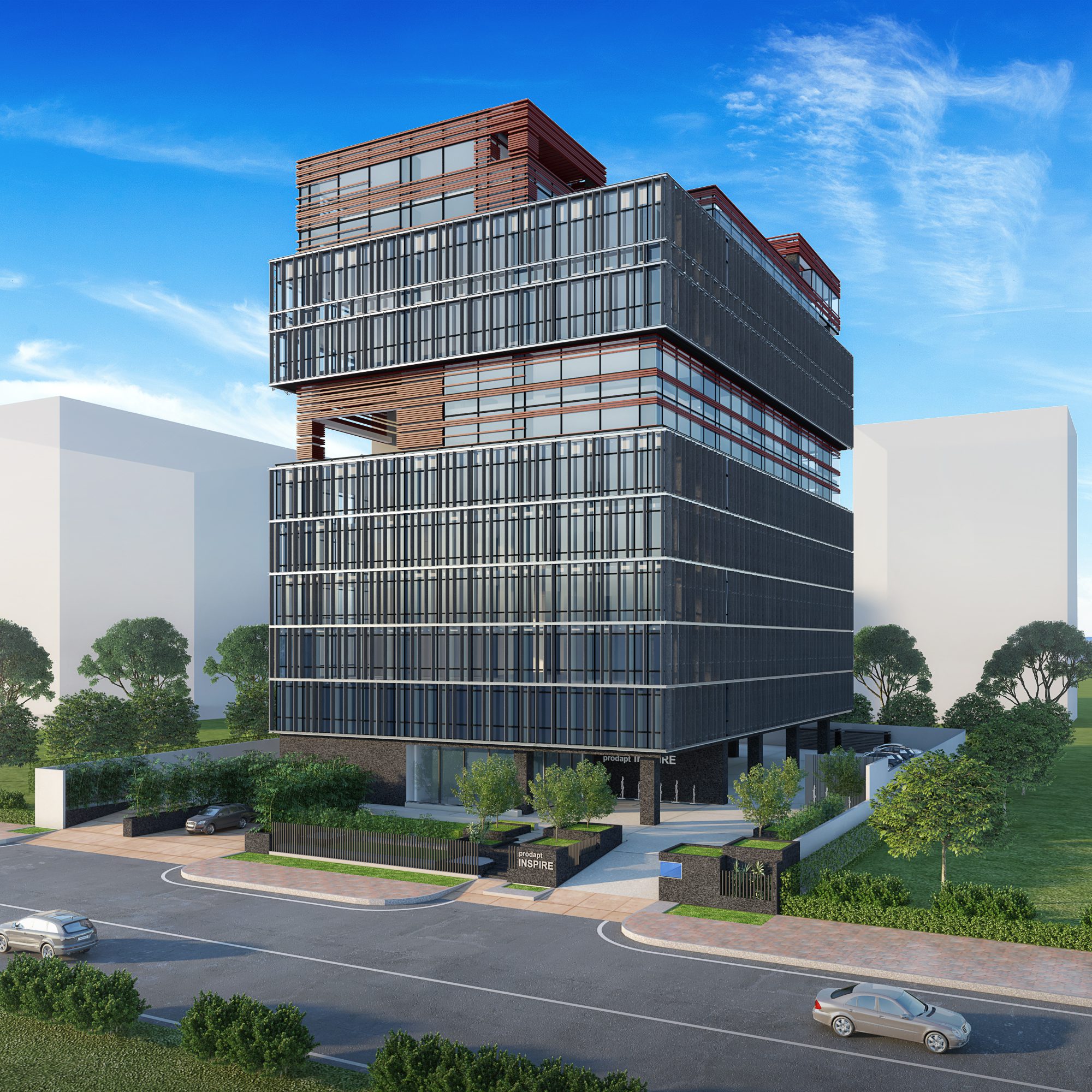
The allure of glass facades in skyscrapers comes at a significant environmental cost. The energy inefficiency, solar heat gain, and associated increase in greenhouse gas emissions contribute to global warming and climate change. To address and mitigate these issues, architects and developers must prioritise sustainable building practices, employ energy-efficient technologies, and embrace innovative design solutions that reduce the environmental footprint of glass-clad skyscrapers.

